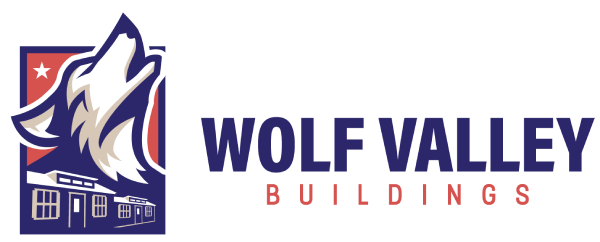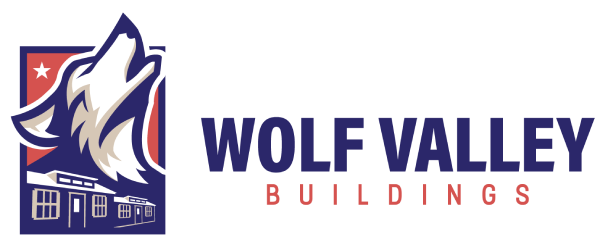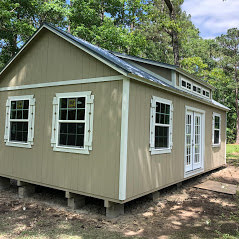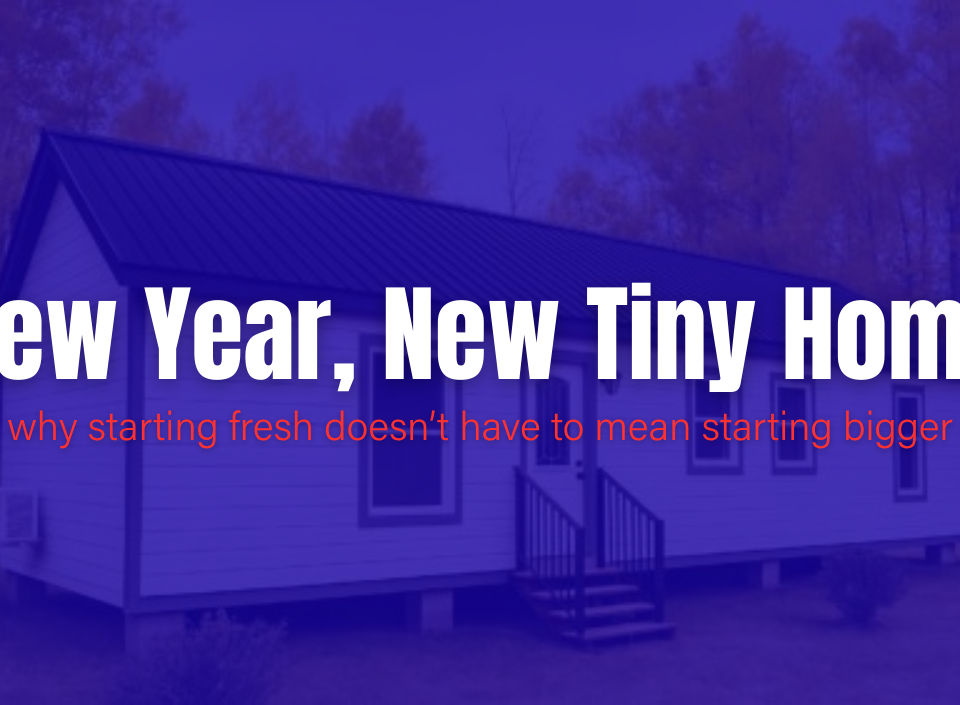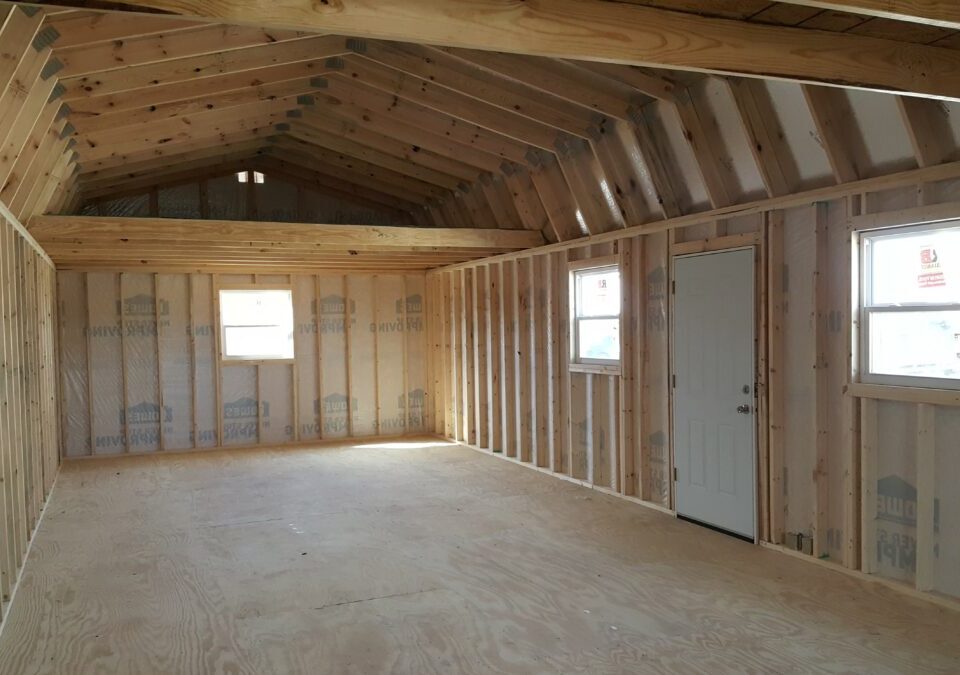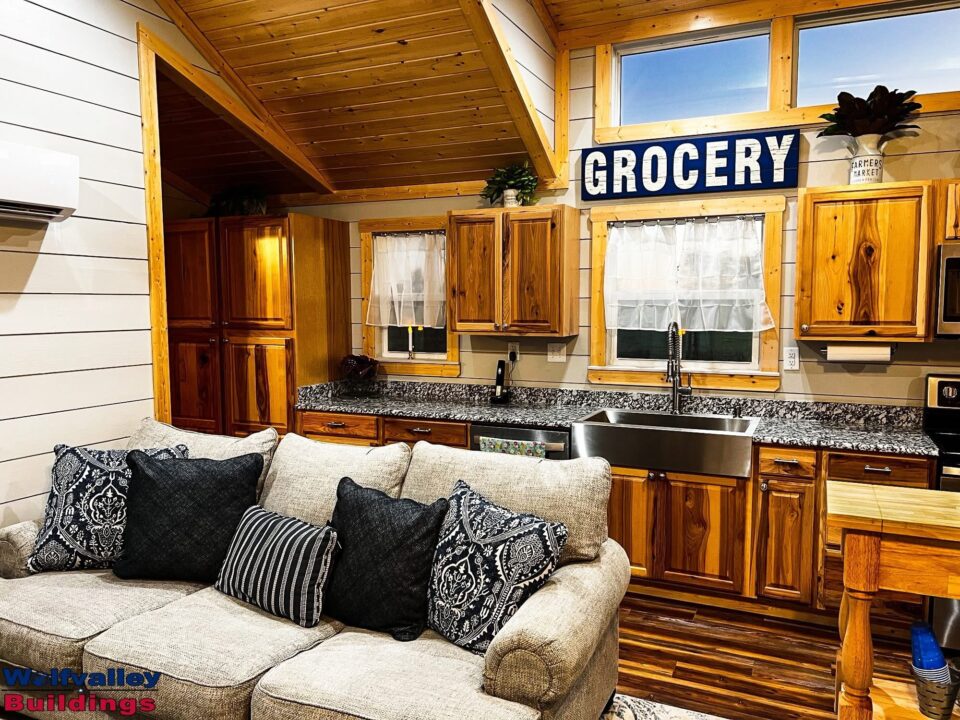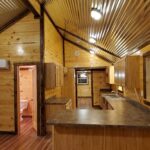
How to Prep Utilities for Your Tiny Home
July 20, 2025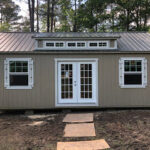
Land Buying Checklist for Tiny Homes
July 22, 2025How to Finance a Tiny Home: What Your Lender Needs to Know 💰🏡
Tiny home living offers freedom, flexibility, and often a lower cost of living—but that doesn’t mean it’s free. Unless you’re paying with cash, you’ll need a financing plan that makes sense for your goals. The process isn’t quite the same as buying a traditional home. That’s why it’s important to understand how to finance a tiny home—and what your lender needs to know before you start shopping.
At Wolf Valley, we’ve walked hundreds of customers through this exact process. Whether you’re building on your own land or buying land and a home together, this guide will help you prepare for the financial conversation and choose the right path forward.
Tiny Home Financing Isn’t One-Size-Fits-All 🧠
Most lenders don’t offer a specific “tiny home loan.” Instead, financing typically falls under one of three categories: personal loans, construction loans, or land + home packages. Each has pros, cons, and requirements that vary based on your income, credit, and the type of home you’re purchasing.
The key to success is knowing what your lender will ask—and being ready with clear answers. Tiny homes are still considered “non-traditional” in most banking circles, so the more prepared you are, the smoother your approval process will be.
Before applying, gather the following:
– Your home specs (dimensions, construction details, materials)
– Land information (location, zoning, deed restrictions)
– A clear total cost estimate (home, delivery, site prep, utilities)
– Your personal credit history and income documentation
When you walk into a lender’s office with this in hand, you show that you’ve done your homework—and that builds trust right away.
Option 1: Personal Loans for Tiny Homes 💳
A personal loan is one of the most straightforward ways to finance a tiny home. These loans are based on your credit score and income, not on the collateral of the home itself. That makes them a good fit for buyers who already own land or are placing their home on someone else’s property.
Most personal loans range from $10,000 to $100,000 and offer repayment terms of 2–7 years. Interest rates can vary, but if you have strong credit, you may qualify for competitive rates that make ownership affordable.
The upside? You can fund your home quickly without waiting on inspections or appraisals. The downside is that personal loans often have shorter terms and higher monthly payments. And unlike a mortgage, the interest may not be tax-deductible.
Still, for many Wolf Valley customers, this route offers the fastest and simplest way to get started—especially for homes priced under $80,000.
Option 2: Construction Loans 🏗️
If you’re placing your tiny home on a permanent foundation and plan to live in it full-time, a construction loan may be a smart option. These loans work like a bridge: they fund the building process and later convert into a mortgage or personal loan once construction is complete.
To qualify, you’ll usually need:
– A licensed contractor or builder
– A detailed construction budget
– Proof of land ownership
– Permits and inspections from the county
This type of loan works best for buyers who want a permanent residence, plan to add decks or extensions, or need to include site work in their financing. However, because our Wolf Valley homes arrive fully built on skids (not constructed on-site), not all lenders will view them as eligible for construction financing.
If you’re considering this route, talk with your lender early and explain that your home is pre-built but requires utility setup, pad prep, and final placement. Some credit unions and small banks are more flexible than national lenders when it comes to these types of hybrid builds.
Option 3: Land + Home Financing Packages 🌾
If you’re buying land and a tiny home at the same time, a land + home package may help you wrap everything into one loan. These packages often require the home to be permanently affixed to a foundation and tied into utilities, so your builder’s specs and delivery details matter.
Lenders may ask:
– Is the home real property or personal property?
– Will it be permanently anchored?
– Does the home meet HUD or state building codes?
At Wolf Valley, our homes are built to a high standard and can often qualify when paired with site-built utility hookups and permanent installation. You may need to work with a contractor or engineer to certify tie-downs or skirting if your lender requires it.
Land + home packages typically involve longer terms (15–30 years), lower monthly payments, and may include taxes and insurance. However, they take longer to process and usually require appraisals, surveys, and formal underwriting.
This route works well for buyers who want long-term residence, land ownership, and a traditional mortgage experience—all rolled into one.
What Lenders Need to See From You 📝
Regardless of the financing route you choose, your lender will want answers to a few key questions:
– What are you buying? (Provide a Wolf Valley quote or floorplan)
– Where will the home go? (Land address, zoning status, access)
– How will it be used? (Primary residence, vacation, rental?)
– How much will it cost? (Total budget, including delivery and setup)
– How will it be installed? (Skid-based, permanent foundation, tie-downs?)
Providing this information upfront shows you’re serious and reduces the risk in their eyes. If your lender is unfamiliar with tiny homes, offer to connect them directly with our team. We can explain the build specs, delivery process, and any questions they may have.
Pro Tip: Find a Tiny Home-Friendly Lender 🏦
Not all banks understand the tiny home model. Credit unions, regional banks, and lenders with experience in rural properties often provide better options than big-name institutions. Some even offer specific small home or cabin loan products.
We recommend asking other tiny home owners in your area who they used—or asking us directly. At Wolf Valley, we can point you toward local lenders who have approved financing for our customers in the past.
Remember, the best lender isn’t just the one who says “yes”—it’s the one who understands your vision and works with you to make it a reality.
Internal Links:
Why Tiny Homes Are the Future of Affordable Housing
